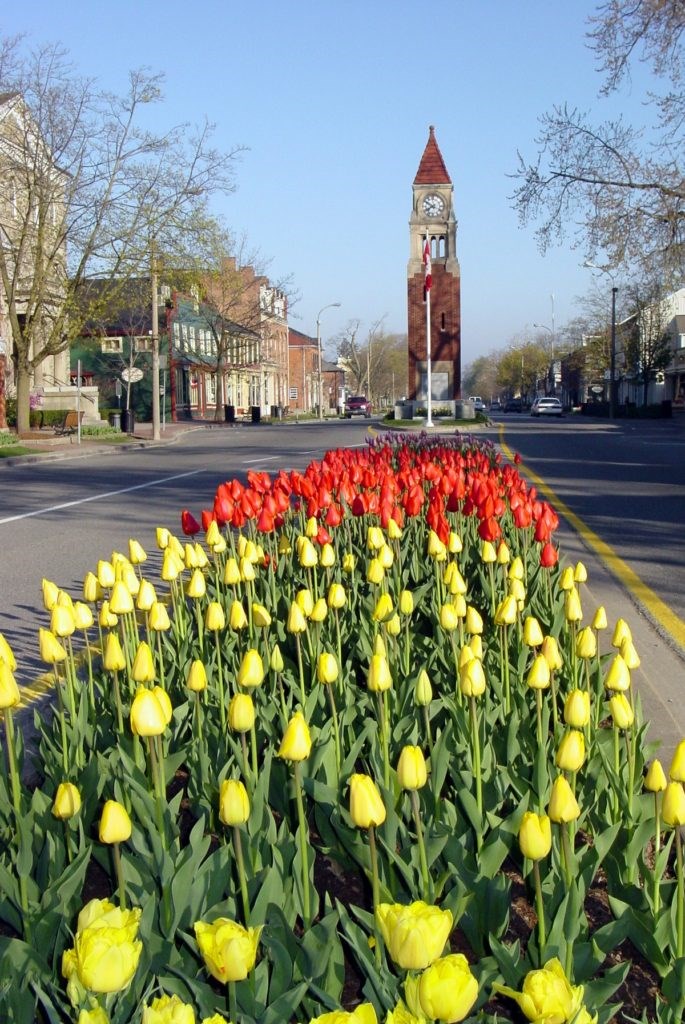
So, what should you do with all those tulips after they bloom? To keep tulips blooming year after year, they need to be put to bed properly.
Allowing the spent blooms to remain on tulips forces them to form seed heads. And although it may sound like a good thing, the process robs precious energy from the bulbs below.
How you put tulips to bed can greatly affect the quality, size, and colour of their blooms the following year, by taking the energy they need to preserve and use the following year to produce more big, bright and beautiful blooms.
Likewise, it can be tempting to simply cut all of your tulips down to the ground once they bloom. Unfortunately, this too will have a negative impact on the following year’s blooms.

The stems and foliage of tulips provide power back to the bulb as they die off. And cutting them off too early robs the bulbs of the energy they need for the next growing season.
So, what is the best way to care for your tulip bulbs after they begin to fade? The answer lies in a simple, two-step process.
As the bloom begins to fade, it is important to remove only the flower head, and not the foliage. Simply clip the fading blooms off right below the base of the flower. This keeps the tulip from creating a seed head but allows the foliage and stems to remain.
After a week or two, the remaining foliage will die back and slowly turn a yellowish-brown color. As it does, it is then safe to cut the tulips back completely to the ground. This gives the bulbs plenty of time to absorb the nutrients back from the decaying foliage, and gets the bulbs ready for next year’s blooms.
The same process is used for daffodils.
This is the first of a 10-week gardening column series, organized by the Niagara-on-the-Lake Communities in Bloom Committee.
Niagara-on-the-Lake’s Communities in Bloom Committee has launched the first virtual Garden of the Week Contest. NOTL residents can submit photos of their gardens or garden features for consideration in any of the 10 categories. Submissions will be accepted over a 10-week period, following which the Communities in Bloom Committee will narrow down each category to the top three submissions, rather than a winning garden being announced every week. The public will be invited to vote on the shortlisted selections to determine the final winner in each category. For more information visit www.jointheconversation notl.org/garden.


